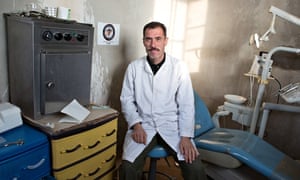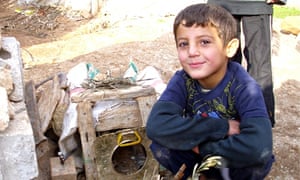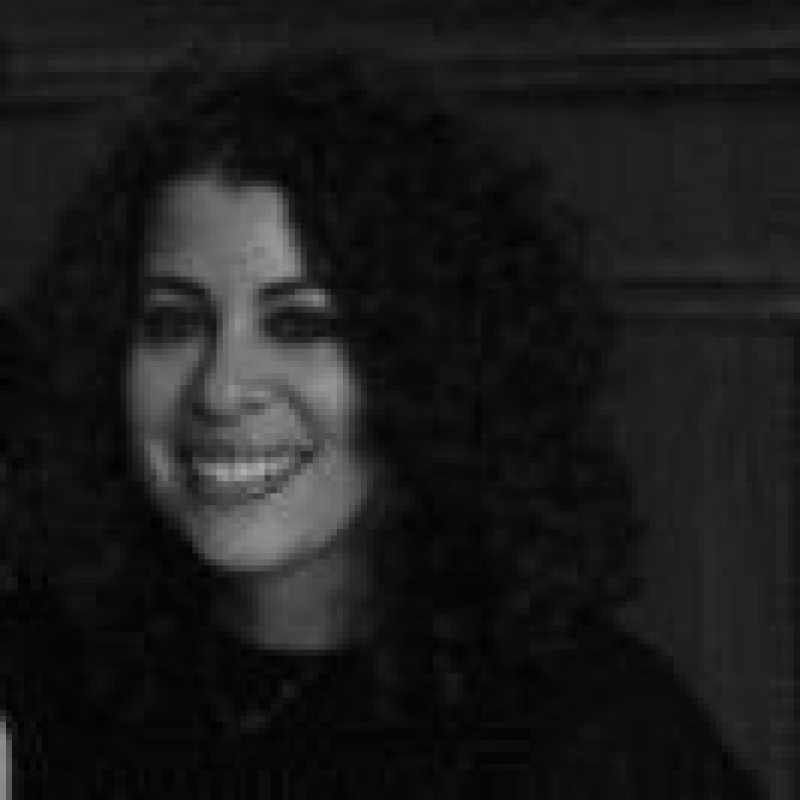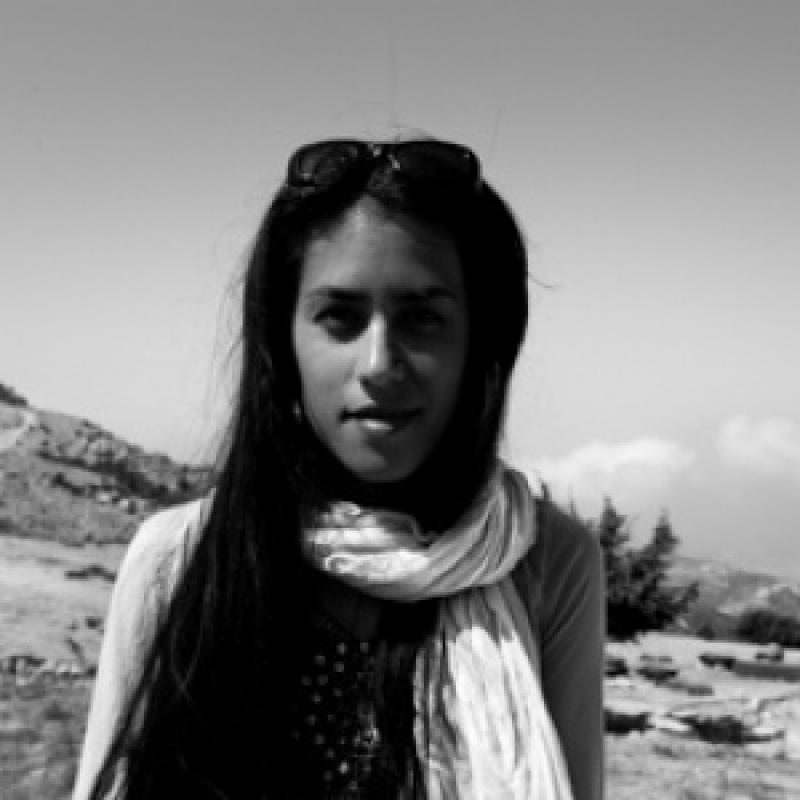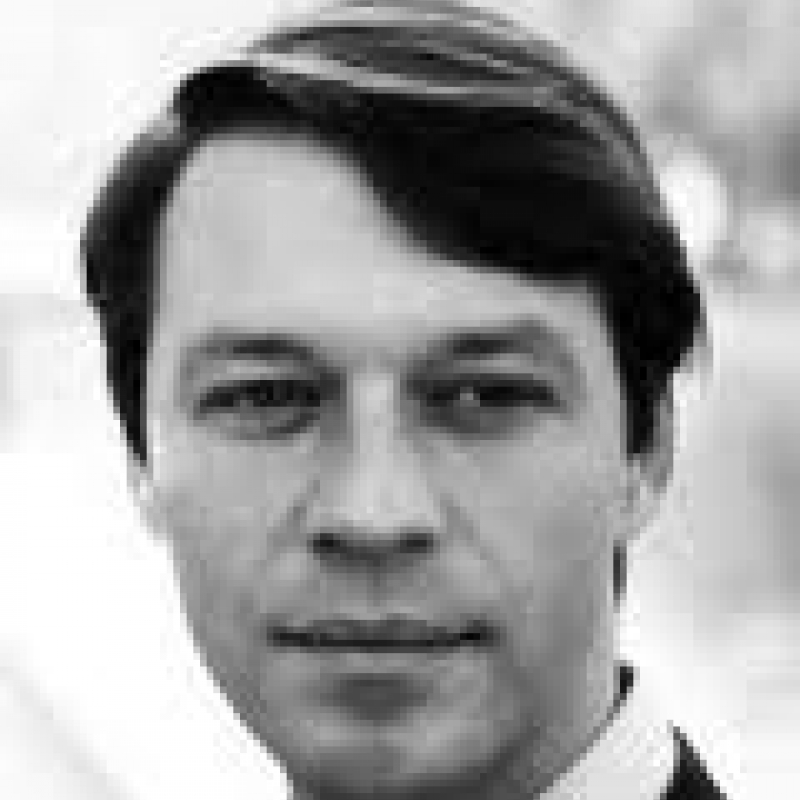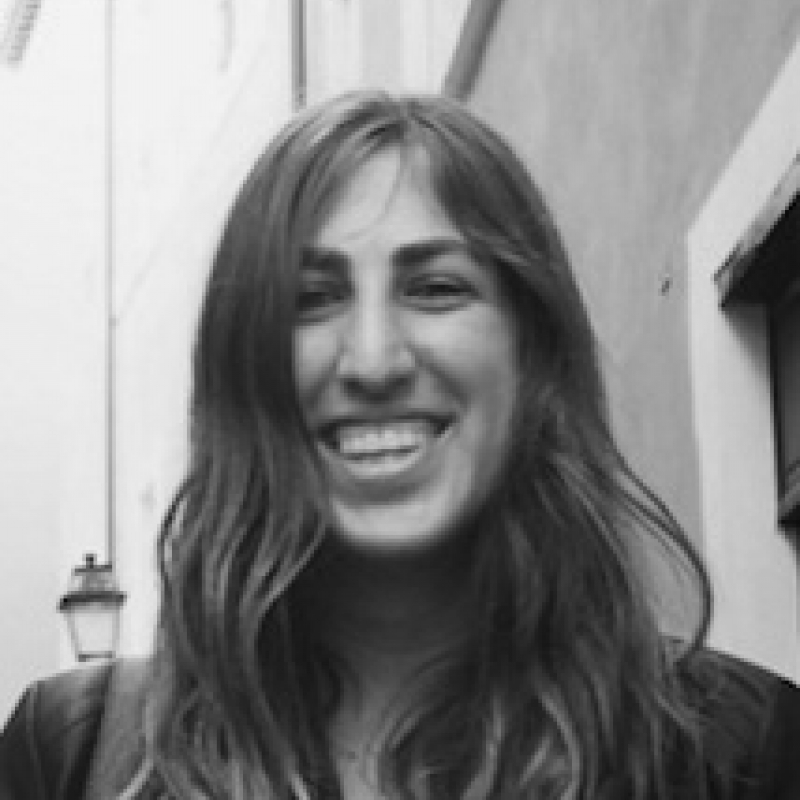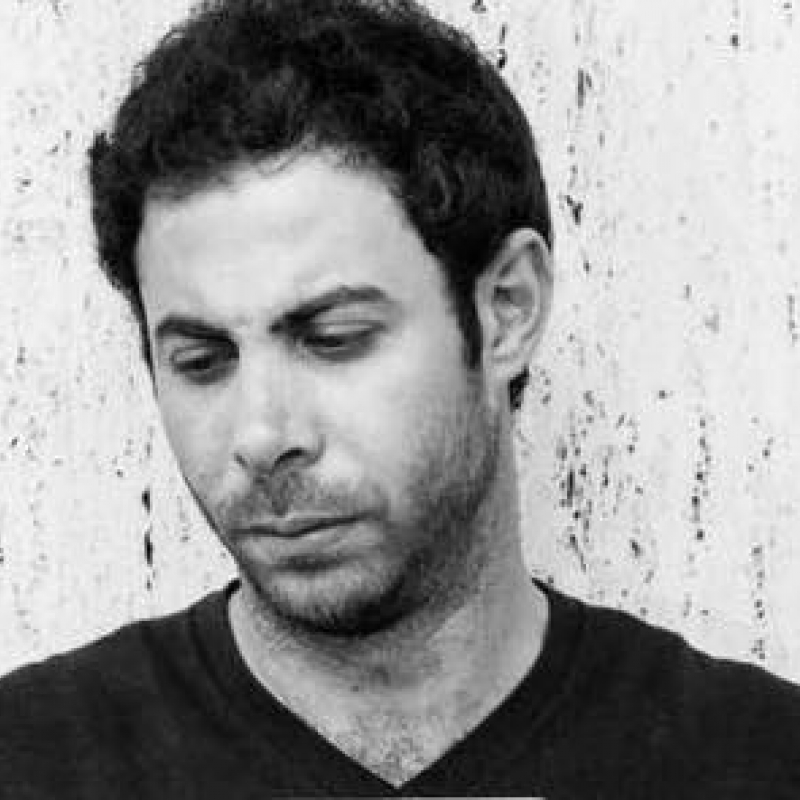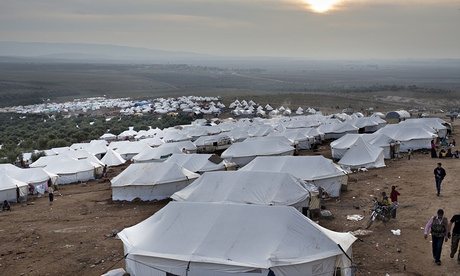
'There's No Hope Left'
The Syrian refugee camp that is becoming a township
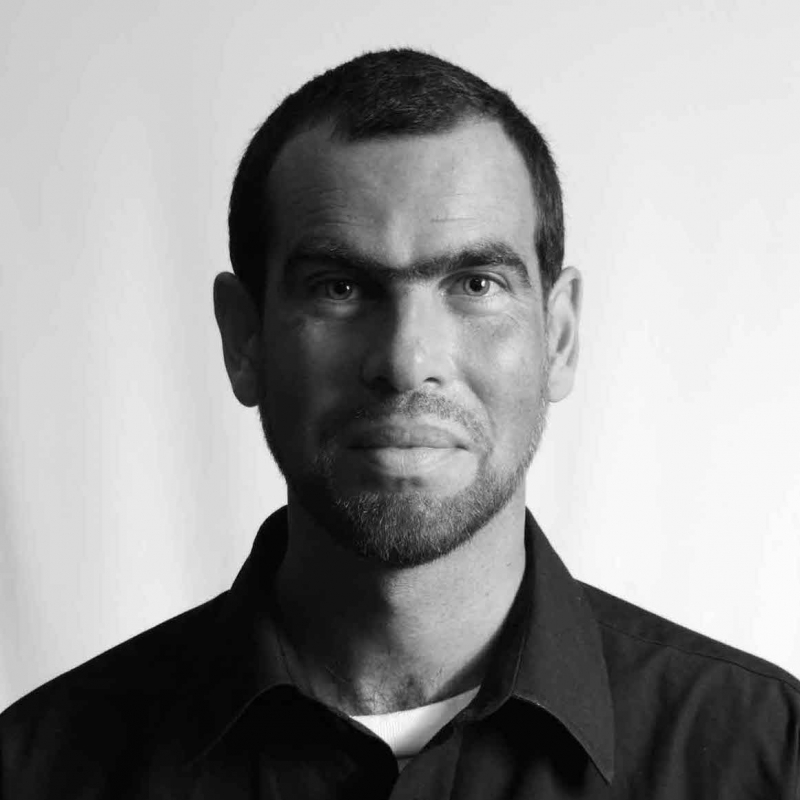
This piece was originally published in The Guardian.
This must be how the Palestinian camps began their slow transformation into towering townships. The Syrian families here are still living in canvas or plastic tents, but the little shops selling falafel and cola on the Atmeh camp's "main street" are now breeze-block and corrugated-iron constructions. And now nobody dares talk about going home.
Atmeh camp, just inside Syria, hugs the Turkish border fence. It is December, and the population has risen in the six months since I was here in June, from 22,000 to almost 30,000. This new settlement is one of many – there are more than 6 million people displaced inside Syria, and more than 2 million in neighbouring states. The camp's population dwindles and swells according to the vicissitudes of battle. When the regime reconquered (and obliterated) the Khaldiyeh quarter of Homs last July, an additional 50 to 60 families a day arrived.
Six months ago, when I last visited, I was able to travel deep into liberated Syria – as far as Kafranbel in the south of Idlib province – with nothing to fear from the Free Army fighters manning checkpoints. This time I don't dare go as far as Atmeh village, sitting on the nearby hilltop, because it is occupied by al-Qaida franchise the Islamic State of Iraq and Syria (Isis). Last June the camp's residents referred derisively to the mainly foreign jihadists as "the spicy crew". Now they are a real threat – abducting and often murdering revolutionary activists, Free Army fighters and journalists. This development contributes greatly to the gloom of the camp's residents.
In the camp, the steaming vats of the Maram Foundation's charity kitchen are cooking the same meal they were six months ago: lentil soup. Children wait with buckets in the red mud outside for lunch to be distributed. Also on the main street is a new clinic and one-room dentist (funded by the Syrian-American Medical Society). Dr Haytham grins as he complains about the conditions. The roof leaks, and the recent snowstorm has flooded his crowded space, destroying electrical equipment. As he serves us tea, a boy called Mahmoud, aged about five, walks in to observe us, his face marked by post-treatment leishmaniasis scars (a resurgent disease caused by the sand flies which prosper in uncollected rubbish). Mahmoud seems a pleasant child at first, but after a smiling photograph with one of our group his mood flips; he violently pinches the hand of the man he'd been cuddling up to and then takes to whipping his older sister with a cable. "Nobody can control him," somebody remarks. "He doesn't have a father."
Dr Haytham in his one-room surgery. Photograph: Mohammad Ojjeh
Fatherless, husbandless, homeless … When I ask a man where he'd come from he changed the name of his town from Kafranboodeh to Kafr Mahdoomeh, "the Demolished Village". I ask him why. "Because they haven't left one house standing, nor any animals in the fields. What will we ever return to? The whole town's gone."
Everyone in this sector is from Kafranboodeh. There was a tent fire the previous night, leaving a nine-year-old girl badly burned. When I visited in the summer there were also tent fires, and a child was killed. Then, the fires had been caused by candles, for light; now they are caused by makeshift stoves around which people huddle for warmth.
The Levantine winter is bitterly cold. Two nights before we arrived a child froze to death in the sub-zero temperatures. A woman reminds me of this, and asks where the heaters are. When I tell her I haven't come to deliver aid, she shrugs and smiles. "These conditions are forced upon us," she says. "What can we do?" Some of the children at her side wear open-toed sandals in the mud. I shiver, meanwhile, in my boots and many layers.
Ahmad al-Shaikh, long-faced and bearded, is visiting from the nearby Bab al-Hawa camp. I saw that camp last time – a grim place where the tents are blue plastic and pitched on an undrained concrete surface. Now there are 3,200 tents, Ahmad tells me. He is wearing a secondhand jacket donated by a Kuwaiti, because he has left his home with only the clothes on his back. "It's a disaster in Bab al-Hawa. It'd be a crime to put animals in such an environment. We're drowning in flood water, sewage and rats."
One of my companions is the Syrian-American photographer Mohamad Ojjeh. Last June, while I was delivering storytelling workshops in the tents of the Return School, he taught football skills and took a lot of pictures. He has printed and framed them since then, and the children and their mothers, when we find them, almost grab them in their excitement. They are thoughtful presents for people who no longer own even a mirror, whose children's lives pass without the pictured landmarks of new school years or family parties.
Children with their framed pictures. Photograph: Mohammad Ojjeh
Several times when we raise our cameras, people murmur through polite smiles: "We're fed up of pictures, frankly." They are almost ashamed of their earlier naivety, because they once believed that having their misery photographed would translate into an international rescue effort.
"There's no hope left," says a woman from Hass who in June had been quietly optimistic. "Everyone's helping Assad and no one will help us. I don't know if my daughters will ever go home."
Some of the younger children have been here for two years. Camp life is all they remember. One boy has tied together an old olive-oil container, some sticks and a sack to build a toy house – he calls it a tent. And who lives in the tent, I ask. "A mouse!"
Despite the refugees' sense of abandonment, their hospitality remains as overwhelming as ever. Every family we meet tries to make us drink tea. We eventually accept Ustaz Ahmad's offer, and drink some glasses on a mat with his mother and about 20 lively children. Mayada (four years and one month old – she is very specific about it) recites the Qur'an for us.
Ahmad used to be headmaster of the Return School, where we worked (for theKaram Foundation's Zeitouna programme) in June. Now (with ominous symbolism) the Return School has gone, replaced by the Wisdom School, where Ahmad teaches. It has breeze-block walls and corrugated iron roofing, but the sloping mud floor shifts when it rains. And of course there's no heating. Ahmad, who last time was confident in the revolution's imminent victory, tries to look on the bright side. "We do what we can for the kids. That way at least they'll have benefited a little from this period, whether the regime falls or not."
The boy who built a tent for a mouse. Photograph: Robin Yassin-Kassab
As well as Wisdom, the Revolution House School is still going, and still the school with the Salafist curriculum offers its dubious benefits. But there are far too few places, and many children don't go to school at all. One such is Abdur-Rahman, 13 years old, whose education ended at the age of 11 and a half, when Assad's bombs closed his school in rural Hama. Now he helps his mother and does odd jobs in the camp. "It's all right," he assures me with an old man's resignation. "My little brother goes to school. That's enough."
In some areas of Syria, Assad's scorched-earth policy has had a military objective – to drive out communities that provide succour to opposition fighters. In others (such as the Homs region, where Assad's men have burned the property registry), the strategy looks like a more permanent ethnic cleansing. The refugees know this, and they are bitter about it. After Assad they blame his Iranian and Russian backers, and the Arabs who haven't done enough, and also the west, which is fixated on Islamist radicalism instead of on the regime that creates the conditions in which extremism flourishes.
In 1948, about three quarters of a million Palestinians were driven from their homes. In the following decades the ripples of this expulsion unsettled the entire region and plunged two countries into open war. That's the grim precedent. Today's Syrian exodus is unfolding on a much greater scale.
